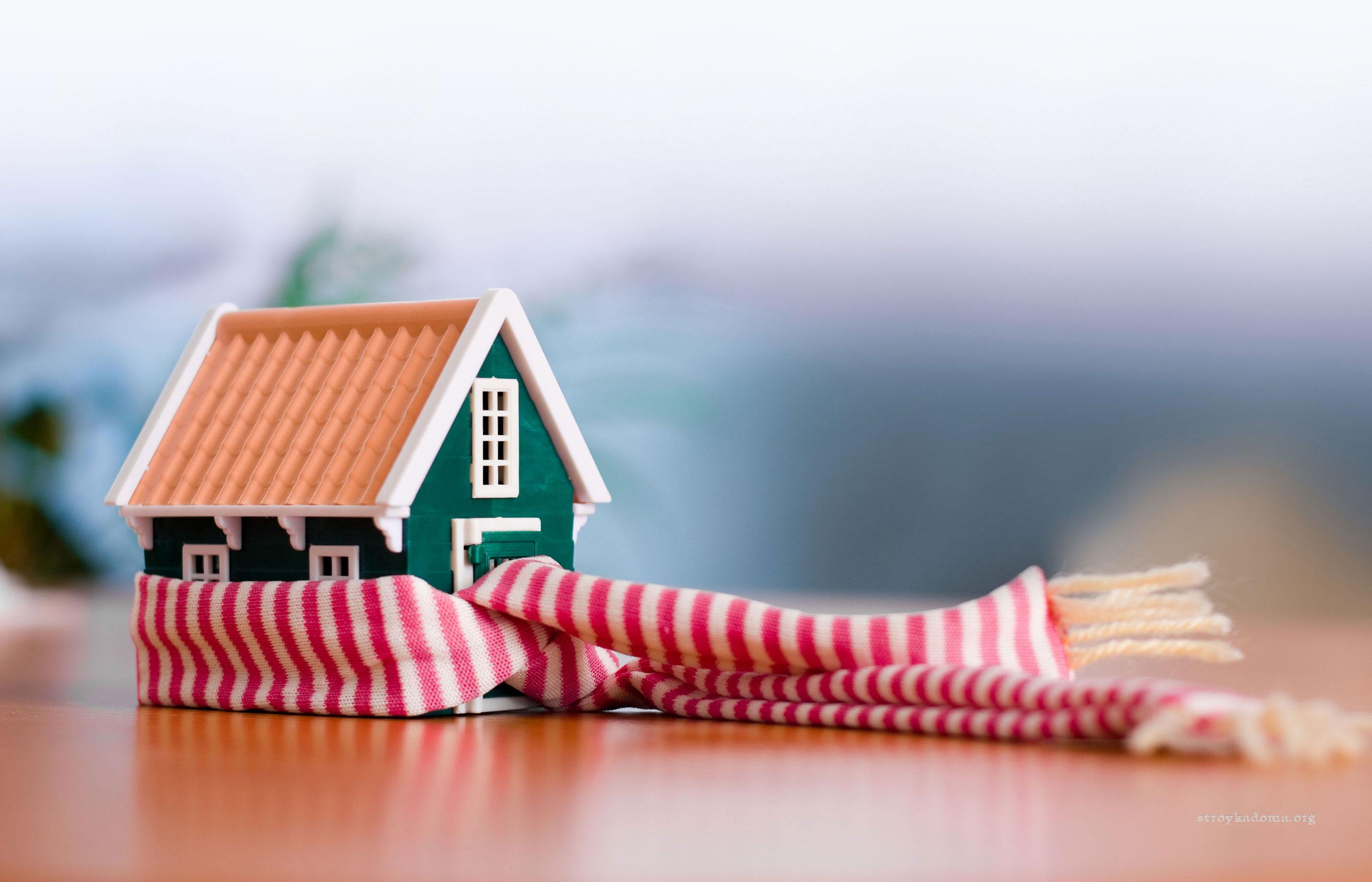Do-it-yourself soft roof: choice of materials, installation, repair. Photo and video instruction

Soft roof (bituminous tiles) - today is one of the most popular materials for arranging pitched roofs of various types and configurations. Among the advantages of soft tiles are:
- light weight - minimal load on the roof structure and the building as a whole;
- tightness - reliable protection of the under-roof space, walls and foundation of the building from moisture and winds;
- good soundproofing characteristics - even heavy rain or hail on a soft roof will not drum, but rustle quietly;
- attractive appearance - a roof made of soft tiles looks status and expensive, no worse than natural metal tiles;
- long service life - about 30 years, of course, with timely preventive maintenance and current repairs;
- ease of installation and maintenance - a do-it-yourself soft roof is equipped in a matter of days, and one person will be able to cope with all stages of work.
Photo soft roof: a few good examples
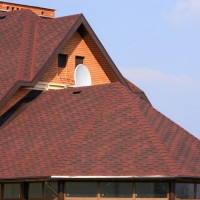
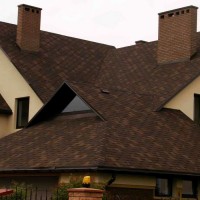
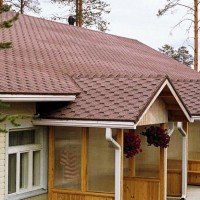
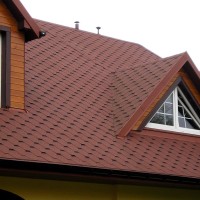
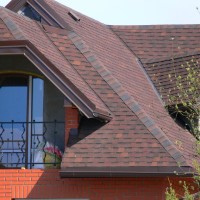
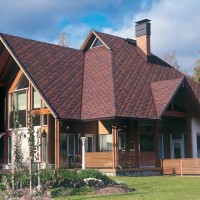
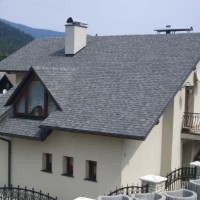
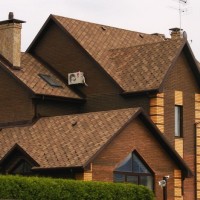
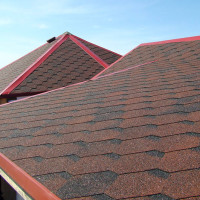
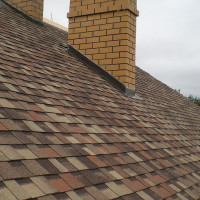
What is a soft roof?
Soft roofing is a material consisting of a fiberglass base and rubber-bitumen impregnation, which is carried out on both sides. It is through the use of rubber bitumen that soft tiles acquire such properties as moisture resistance and tightness. A special dressing is responsible for the wear resistance of this roofing material, which, moreover, prevents individual plates from sticking together during storage and transportation.
Let's watch a video on how shingles are produced at the factory:
Soft roofing can be laid with your own hands only on those pitched roofs, the angle of inclination of which exceeds 11 °. The maximum level of the roof slope is not limited.
What tools and fixtures are required for the installation of a soft roof?

As already mentioned, it is quite possible to cope with the laying of soft shingles alone. Your arsenal should include:
- the tile itself;
- mastic for its gluing and trowel;
- sealant for finishing seams and areas where roofing adjoins walls, pipes and other structural elements of the roof;
- hammer and roofing nails;
- strips for decorating cornices and ends;
- construction plumb line and pencil;
- waterproofing membrane;
- gloves.
This video shows a more accurate set of tools for installing a soft roof with your own hands:
Preparation of the roof structure for laying soft tiles
The main difference between bituminous tiles and other types of roofing materials is that the soft roof is mounted only on a solid solid base. A metal tile, for example, is laid on a crate made of wooden beams. At the same time, the gap between the bars in no way harms the roofing.
Important! Bituminous tiles do not have such a rigid structure as metal tiles or slate, so they are mounted on OSB (oriented strand boards), edged or tongue-and-groove boards, moisture-resistant plywood no thinner than 9 mm.
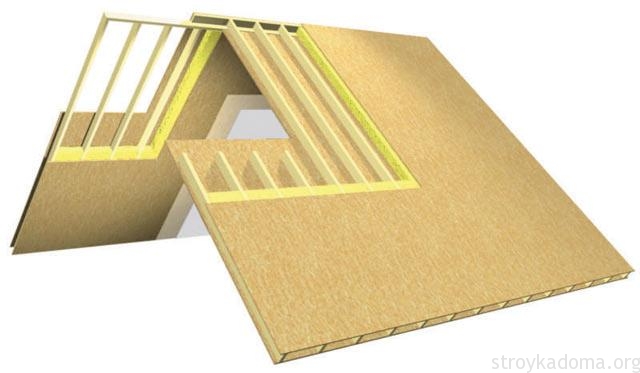
If you chose a board as the basis for a soft roof, then experts advise buying it in winter and using it in summer. The time during which the board lies in the stack will only benefit it, since the moisture level of the wood will balance (ideally - 20%). The optimal board width is about 100 mm. It is very good if all the boards are the same, for example, sawn with a band saw.
Video instruction for preparing the base for a soft roof:
If you plan to organize a warm attic, then the roofing "pie" should have, in addition to a rigid base and the shingles itself, other layers (in order from inside to outside):
- waterproofing membrane laid over the rafters;
- heat-insulating layer, for example, mineral or basalt wool;
- vapor barrier;
- crate for fixing the base of the soft roof.
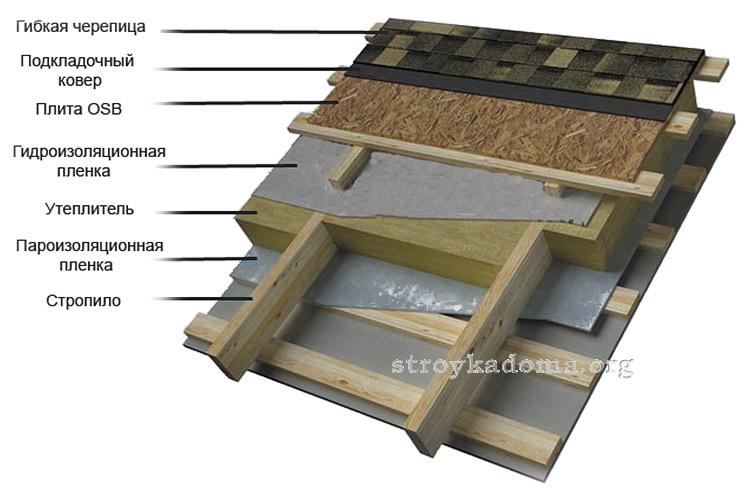 What areas of the roof require special attention?
What areas of the roof require special attention?
Before the soft roof is laid and fixed on the roof with your own hands, it is necessary to carry out work to strengthen a number of sections:
- Installation of a roofing carpet, which is a non-woven fabric with bituminous impregnation and special dressing, on cornice overhangs, roof ends, on valleys. The roofing carpet is usually purchased in the same color as the shingles. The canvas is glued in the direction from the bottom up and with an overlap of 150 mm horizontally, 100 mm vertically, smearing the joints of the carpet with mastic. On both sides of the valley there should be 500 mm of lining, and on the ridge - 250 mm each. The ends and cornice overhangs are finished with a roofing carpet to a width of 400 mm. The canvas is fixed with roofing nails in increments of 200 mm.
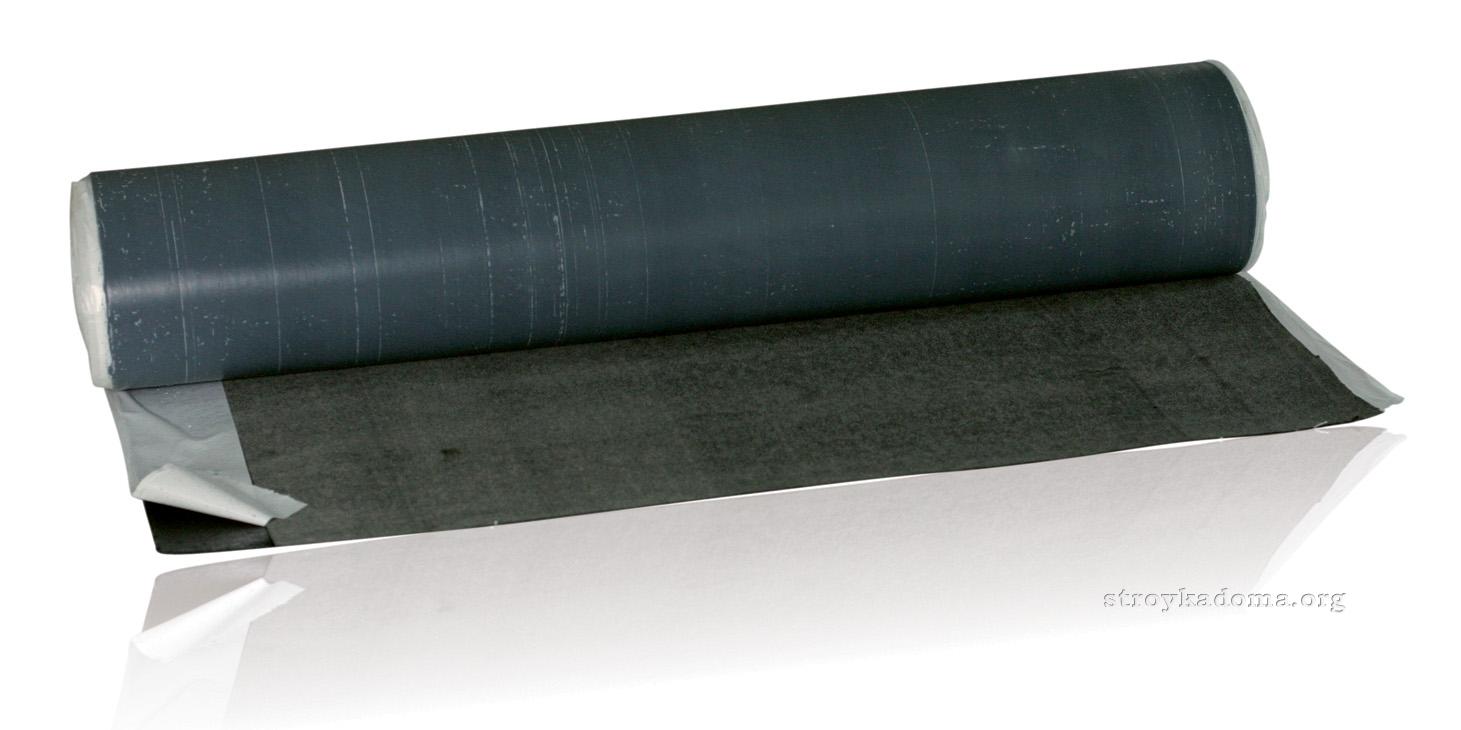
- Installation of metal cornice strips on top of the roofing carpet on the cornice overhangs.
- Fastening gable strips in the ends of the roof.
Mandatory conditions for the installation of a soft roof
- Soft roofing is mounted by hand or with the involvement of professionals, but the surface must always be dry and clean. This means that installation work can only be carried out in warm weather. The lower temperature limit is plus 5°С. If, however, there is a need for laying bituminous tiles in winter, in frost, it is recommended to use a hot-air burner, as well as pre-hold the roofing material for several hours at room temperature.
- Why does a freshly laid soft roof need heat? In addition to the fact that the shingle - a sheet of 3-4 "tiles" - is attached to the base with nails, it has a self-adhesive bitumen backing on the inside. Under the influence of solar heat, sheets of soft tiles are soldered together, and also glued to the base of the roof. If it is cold outside, this does not happen, which means that the tightness of the roofing carpet cannot be guaranteed.
- The soft roof during installation must be taken from several packages at the same time. This technique is useful because different batches of the same type of shingle may have slightly different shades. By combining them, you will get the original roof, and also make it easier for yourself to find sheets of the right color in case of repair of the roof covering.
Roof ventilation equipment
Do-it-yourself soft roof- This is a process that consists of several stages, the first of which is the organization of a ventilation system. An unventilated roof is a direct path to the rapid destruction of rafters under the influence of rot, as well as the transformation of condensate that accumulates on the roof into frost and icicles at sub-zero temperatures.
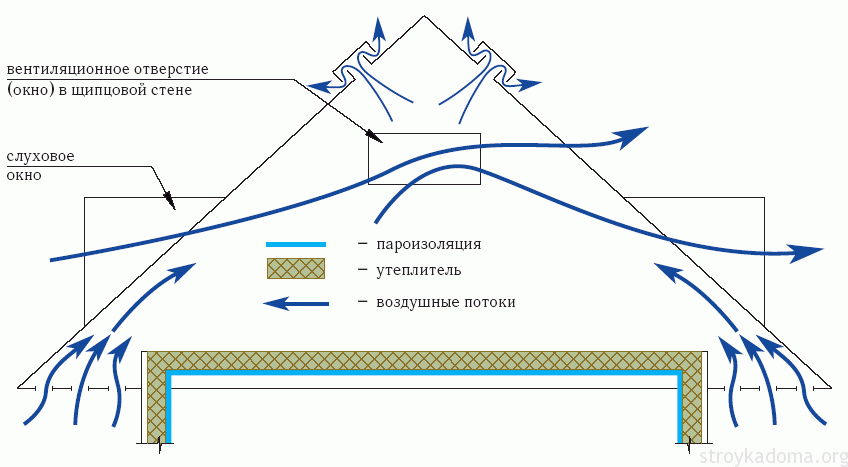
This is how the ventilation scheme of a soft roof looks like
Ventilation outlets and air ducts located under the eaves, as well as the gap between the base of the soft roof and the tile itself - all this ensures air circulation in the under-roof space, and hence the timely removal of vapors.
Useful video on the topic - soft roof ventilation in the ridge area:
Mastic for soft roofing
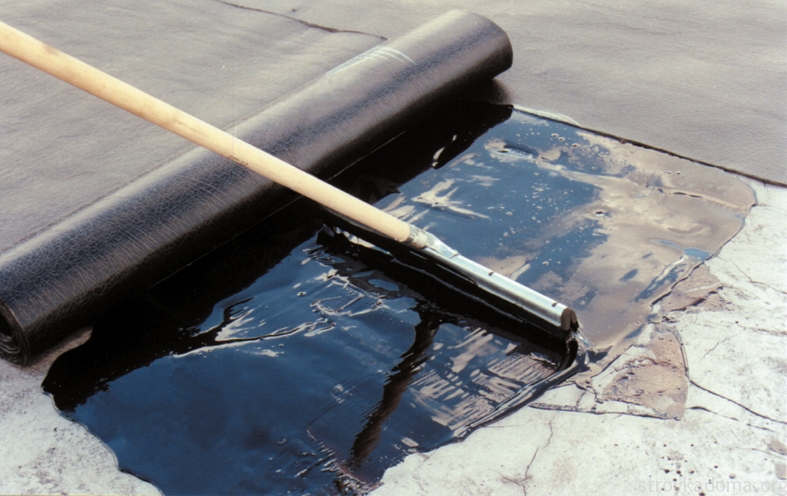
In addition to roofing nails, in the process of installing soft tiles, such a fastening method as mastics is also involved. They are made from bitumen. The highest quality mastics contain polymers.
Important! The use of mastic increases such a characteristic of a soft roof as elasticity, which means that the likelihood of deformation of the roofing carpet during operation decreases, in particular, due to sudden changes in temperature.
The video shows several examples of the use of mastic for the repair and installation of a soft roof:
Mastics are cold and hot. Cold mastics connect sheets of soft tiles from the inside, and hot ones seal the roof from the outside. In addition to the bituminous base, the mastic usually also contains a filler: it can be ash, gypsum, lime or polymer fiber.
Is it necessary to buy ready-made mastic? Video of making a primer for shingles
Mastic for mounting soft tiles can be done independently. You will need two separate containers. Place 2 portions of bitumen in one, and 2 portions of diesel fuel and a portion of filler in the other. Warm up the containers at the same time.
Important! The bitumen must be heated to 180° until all the water has evaporated. After that, mix the contents of the two containers, and get a cold mastic.
Here is a detailed video on how to make mastic for a soft roof at home:
Hot mastic is prepared differently. Bitumen is heated in the boiler to 200°C, and then the filler is gradually introduced. Make sure that the temperature does not fall below 160°. When the mastic is ready, its quality is checked in 2 stages:
- apply a little mastic to the surface at a 45° angle. The mixture should not drain;
- wait for the mastic to harden. In a qualitative composition, cracks do not form.
Bituminous tiles. Video instruction from professionals
The first stage is the processing of the wooden base of the roof with a composition containing bitumen and diesel fuel. Next, the surface is coated with mastic, on top of which glassine and roofing material are laid. Sheets of soft tiles begin to be laid from the center of the roof slope to the right and left, forming rows from the eaves to the ridge. So, your scheme: from the center - to the sides, from the bottom - up. Previously, on each sheet, a film is removed that protects the self-adhesive bituminous substrate. Next, the tiles are nailed to the base with 4-6 nails.
Another important rule: soft roof sheets in different rows should be spaced apart, that is, their joints should be displaced. This is necessary to improve the moisture-proof properties of the roof. In addition, it is necessary to observe the overlap of each subsequent layer on the previous one by 7-10 cm. Along the edges of the roof and at the joints of the coating with pipes and other communications, figured trimming of the tiles is carried out. Its edges are carefully glued with mastic.
Features of the installation of a soft roof in the area of \u200b\u200bvent pipes and chimneys
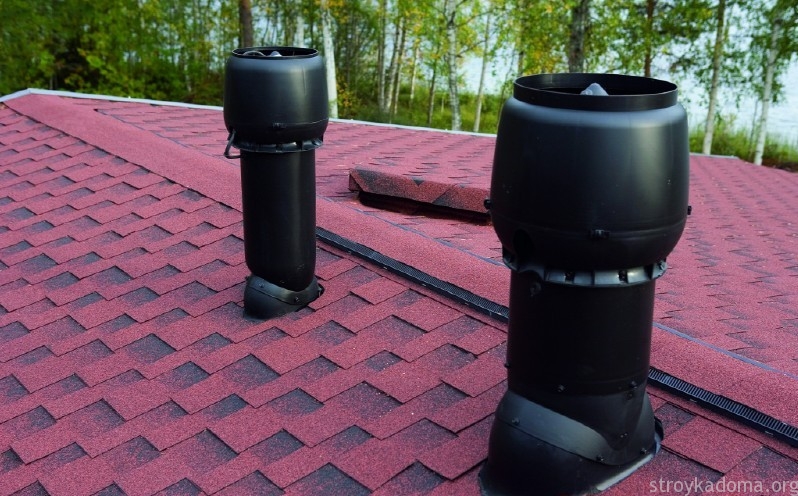
Bituminous shingle roofing around pipes, antennas and other utilities is fairly easy to install if you mark and plan everything in advance, as well as purchase special passage elements. The joints of the base of the roof and pipes are reinforced with a roofing substrate, which was already mentioned above, and then coated with mastic. Tiles are laid on top of the mastic, and then those same passage elements.
Useful advice: to be sure, treat the junction of the passage element and the tile with sealant.
This video details how to bypass chimneys and other roof elements:
When the soft roof is laid to the very top of the roof slope, use special ridge elements that cover the upper parts of both slopes, glue to the mastic and nail.
How are ongoing repairs carried out?
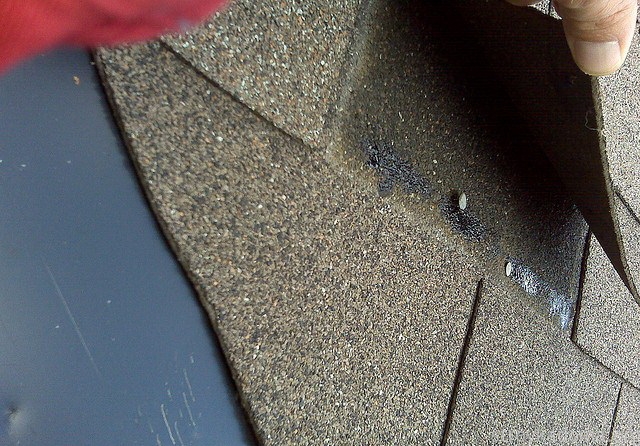
How often you need to repair bituminous shingles depends on the choice of roofing substrate: wood, cement, concrete screed, etc. Repair can be reduced to sealing cracks that have appeared in the coating or to the complete replacement of individual sheets of tiles.
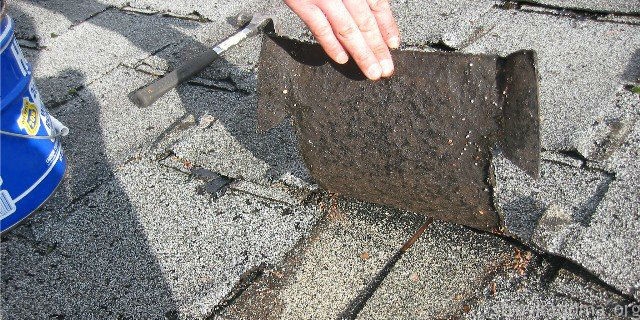
In any case, before starting work, it is necessary to clean the damaged area. It will be easy if you have to remove the entire sheet. If a crack is to be repaired, use anthracene or diesel oil and a rag/hard brush to remove the grit from the shingles.
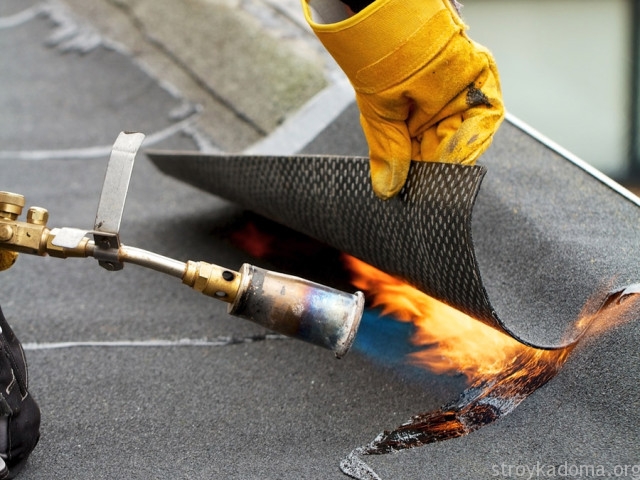
If the flaw is so serious that not only the tile itself is broken, but also the substrate, a filler mixture containing mastic and sand / sawdust is first prepared. With this composition, the defect is puttied and only then a patch is applied. Please note that in all cases, the mastic must extend beyond the perimeter of the patch by at least 200 mm.
If a bubble with water has formed under the roofing carpet, it is cut, the location of the leak is determined, the waterproofing is restored, and then they act according to the already described scheme.
Upon completion of the repair work, it is necessary to reapply the dressing to the cleaned area. Usually, sand is used for this, which is laid on the mastic that has not yet hardened. If you neglect this step, the mastic can dry out under the influence of sunlight and crack quickly.
This video demonstrates the repair of a soft roof near the vent:
So, a soft roof made of bituminous tiles is an easy-to-work and durable material, which is also inexpensive. If you strictly follow the technology of laying a soft roof and purchase high-quality tiles, mastic and other fittings, your roof will look attractive for a long time and reliably protect the house from wind, moisture and drafts.
Similar news:
